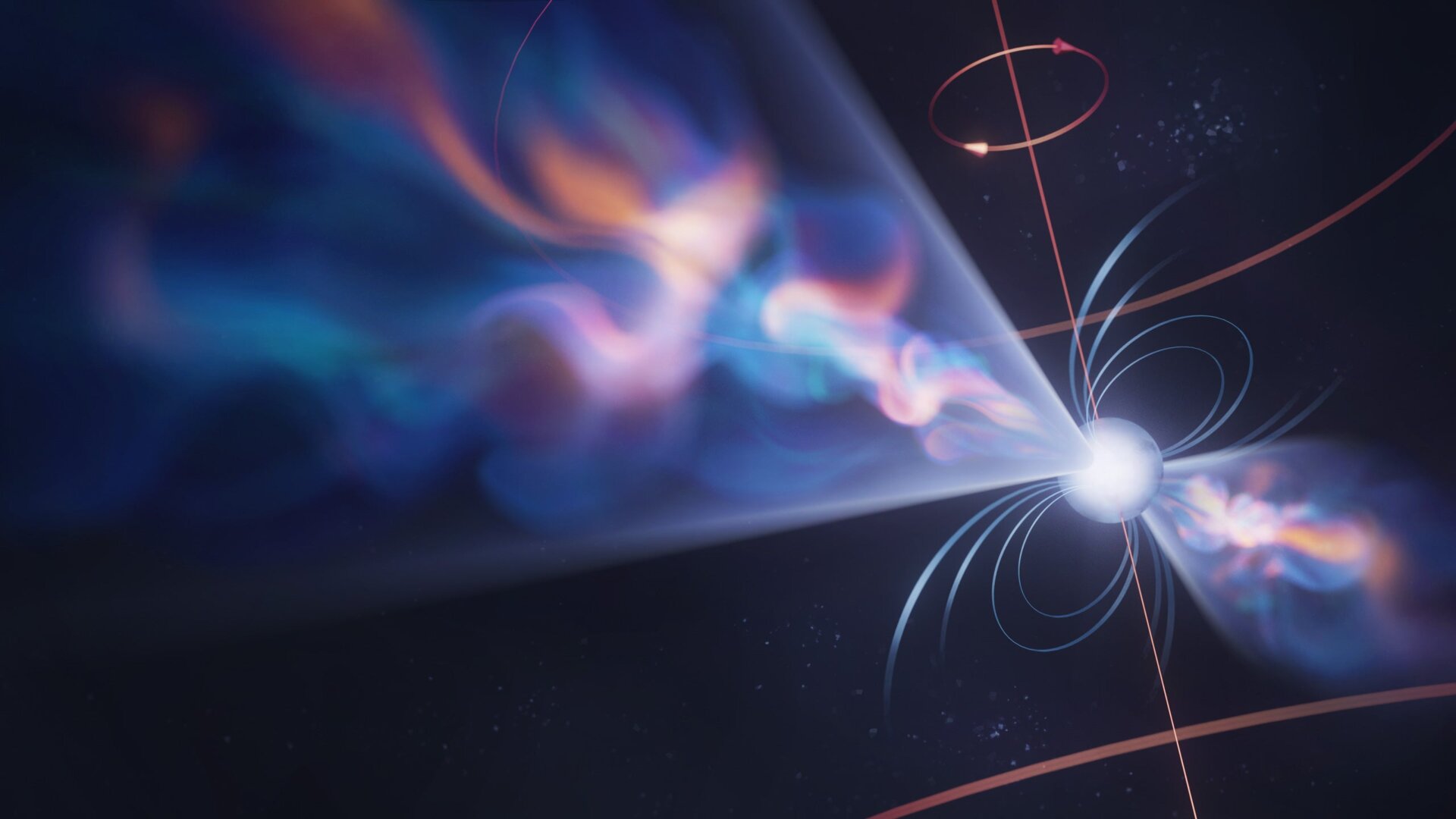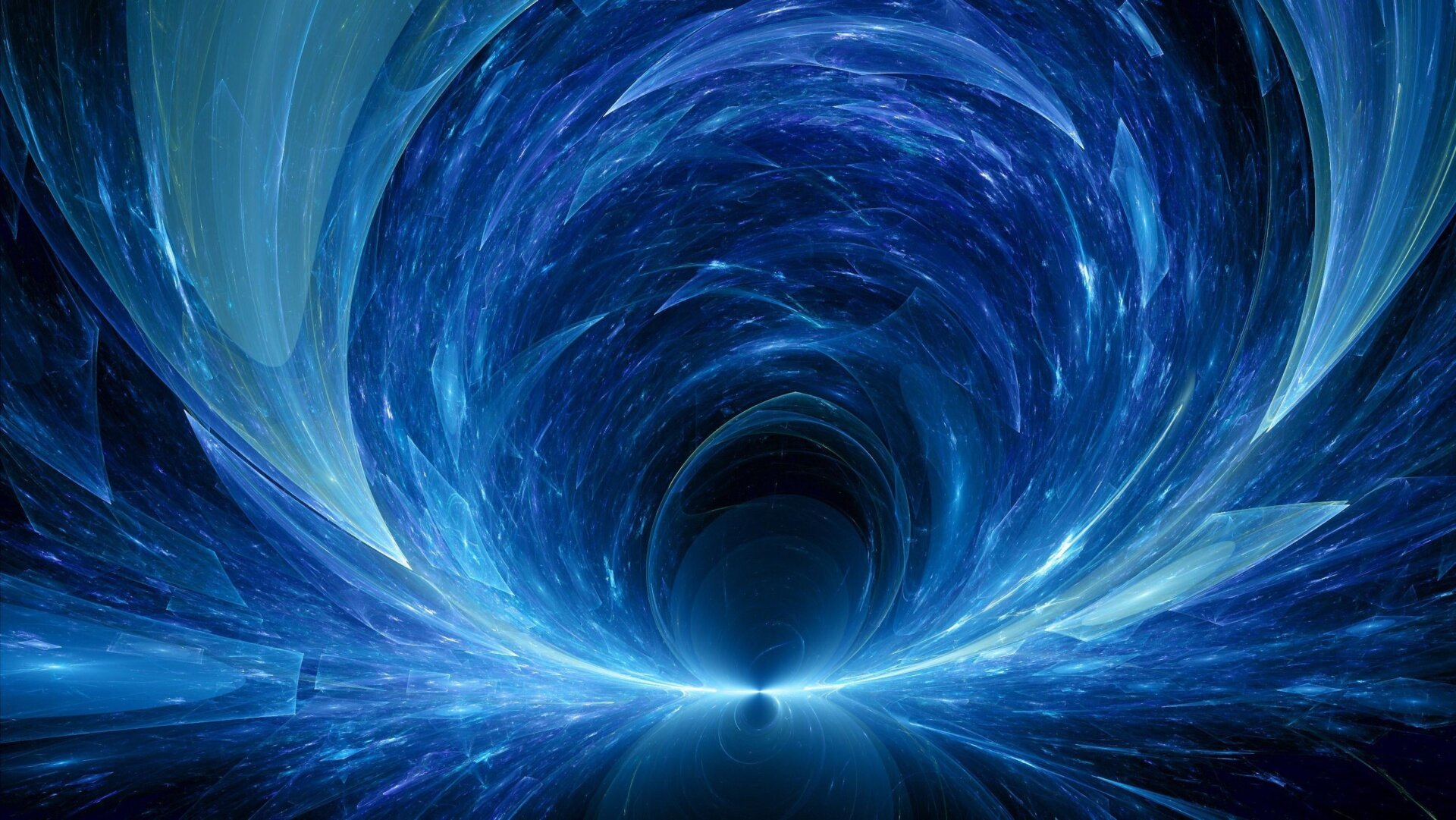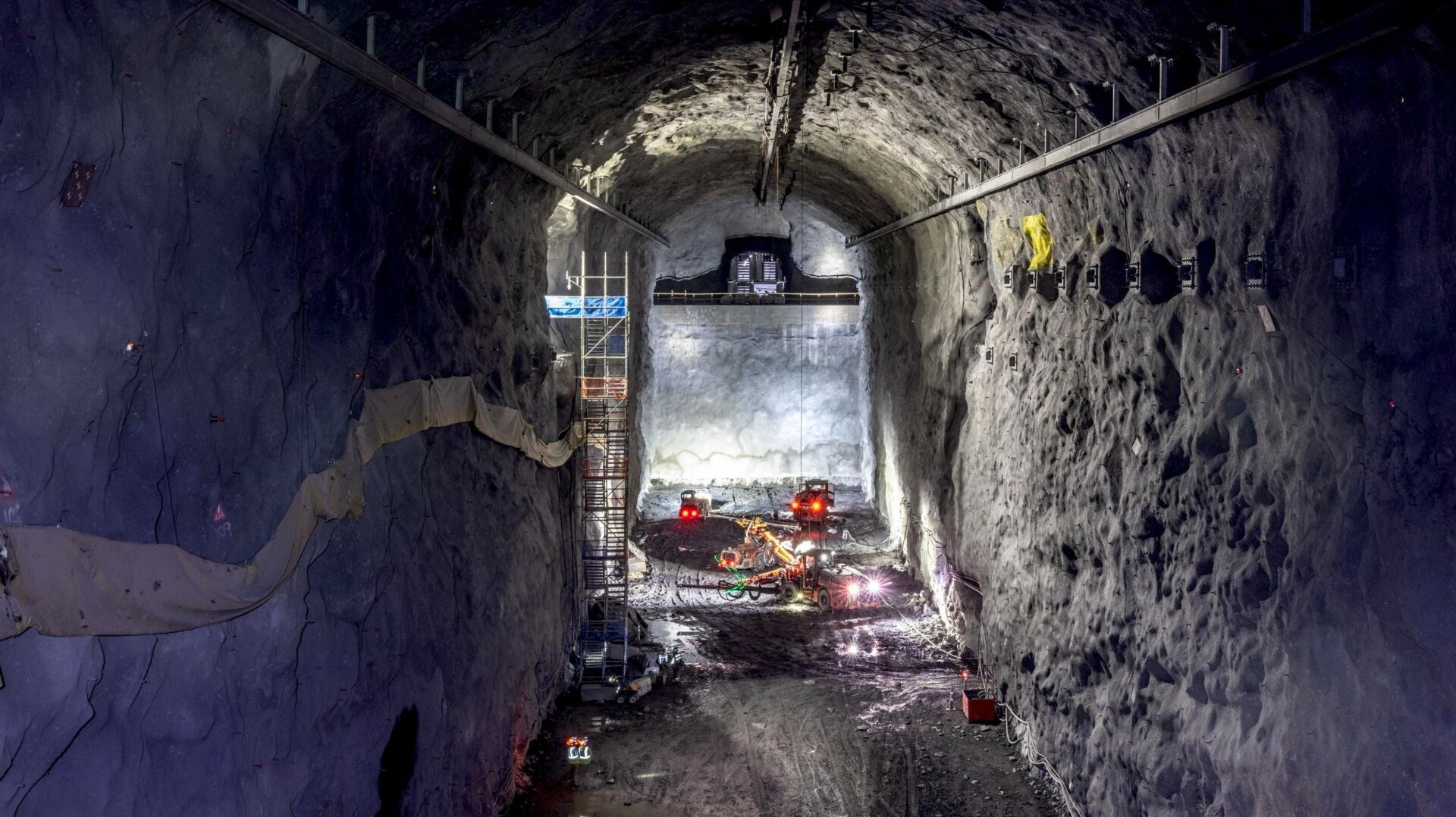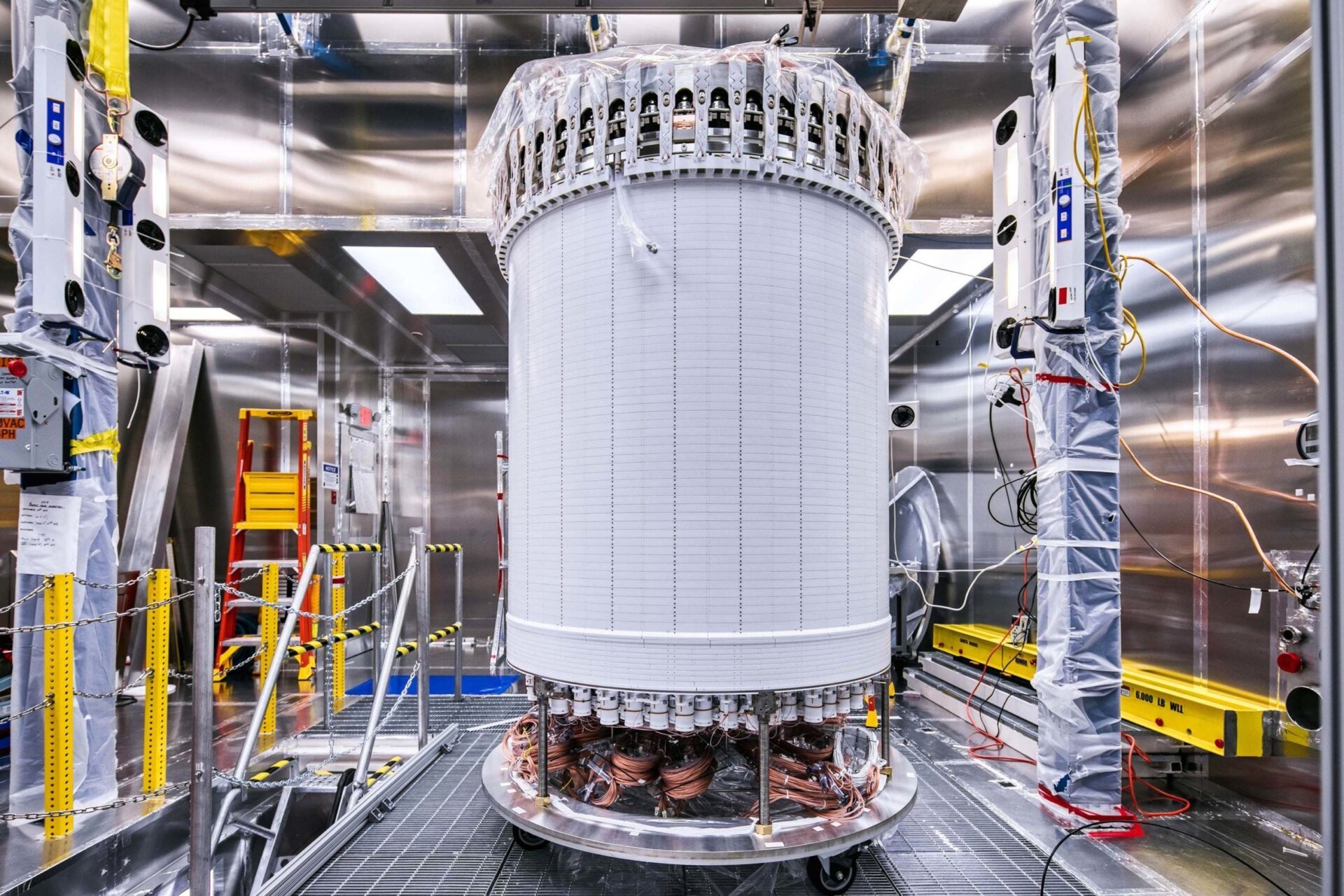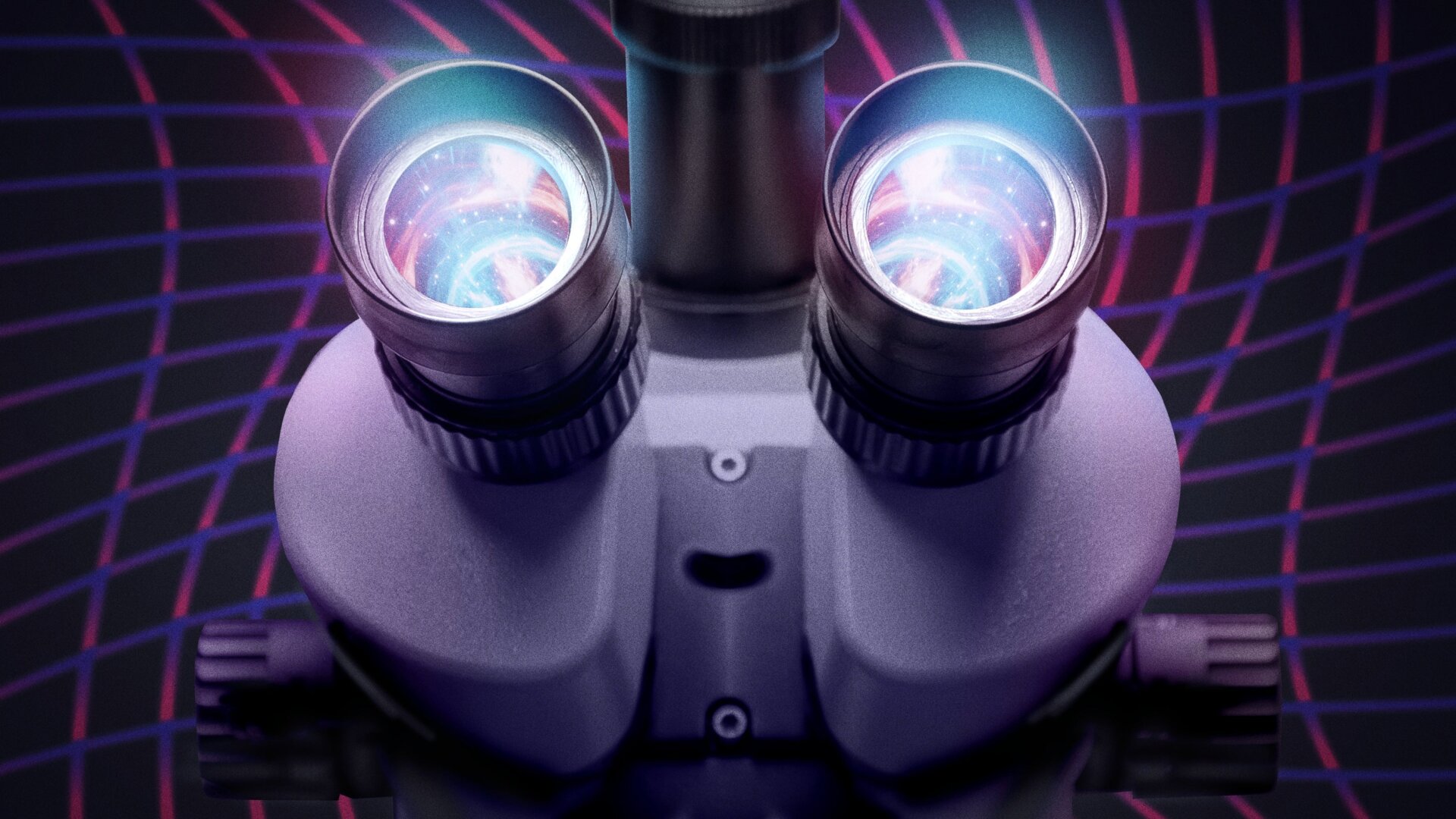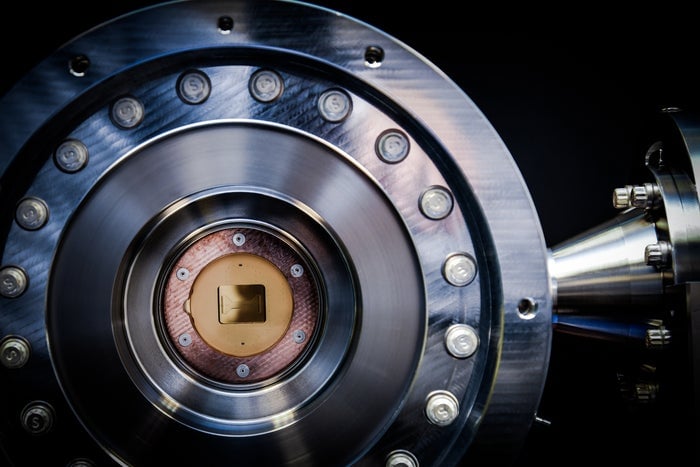Einstein’s famous equation, E=mc², states the equivalence of energy and mass, suggesting the possibility of creating matter from energy. A recent study by physicists from Osaka University and UC San Diego explores this concept, simulating the collision of photons using lasers to produce matter. Their findings indicate the potential to create electron-positron pairs, paving the way for generating a positron beam.
The research, published in Physical Review Letters, suggests that this process could be achievable with existing laser intensities. The team’s simulations explored different experimental setups, focusing on a photon-photon collider leveraging the Breit-Wheeler process. This process involves the annihilation of gamma-rays to produce electron-positron pairs.
The researchers believe their proposed experimental setup is feasible with current technology. They envision using powerful lasers to collide photons, generating electron-positron pairs. The resulting positrons could then be accelerated by the laser’s electric field to form a positron beam.
Simulating Extreme Cosmic Environments
Certain extreme cosmic environments, like the cores of neutron stars, are believed to host similar processes where energy transforms into matter. Neutron stars, the incredibly dense remnants of massive stars, offer a unique environment where such transformations might occur. A 2021 study even proposed that dark matter particles within neutron star cores could convert into photons.
Neutron stars, particularly pulsars, which rotate at incredible speeds, emit gamma rays, and possess exceptionally strong magnetic fields, offer a natural laboratory for studying these extreme physical processes. These pulsars, as described by NASA, provide valuable insights into the behavior of matter under extreme conditions.
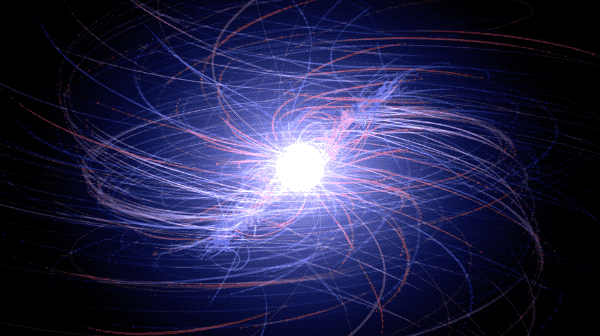 An animation of a pulsar, a rapidly spinning neutron star.An animation depicting a pulsar, a rapidly spinning neutron star. Gif: NASA’s Goddard Space Flight Center
An animation of a pulsar, a rapidly spinning neutron star.An animation depicting a pulsar, a rapidly spinning neutron star. Gif: NASA’s Goddard Space Flight Center
Pulsars are also crucial tools for detecting gravitational waves. Recent findings from multiple pulsar timing array collaborations suggest the first detection of a gravitational wave background, the subtle ripples in spacetime caused by the constant movement of massive objects throughout the universe.
Bringing Cosmic Phenomena to the Lab
While observing the intricacies of pulsars from Earth is challenging, physicists are exploring ways to simulate these environments in laboratories. The proposed laser-based experiment offers a potential avenue to recreate and study these phenomena in a controlled setting.
Vyacheslav Lukin, a program director at the National Science Foundation, which supported the research, highlighted the potential of this experiment to unravel the mysteries of the universe. This research opens up exciting possibilities for current and future high-power laser facilities.
A Glimpse into the Universe’s Composition
This groundbreaking experiment could offer a unique window into the composition of the universe by replicating extreme cosmic phenomena on Earth. However, realizing this potential requires the actual construction and implementation of the proposed experiment. By studying the creation of matter from light in a controlled environment, scientists can gain valuable insights into fundamental physics and the nature of the cosmos. This work holds the promise of advancing our understanding of the universe and its fundamental building blocks.



